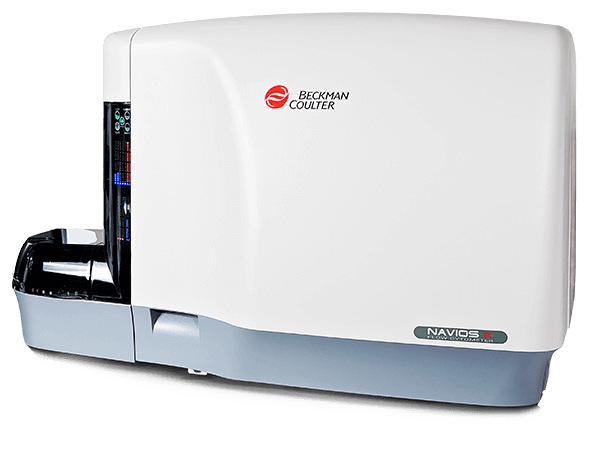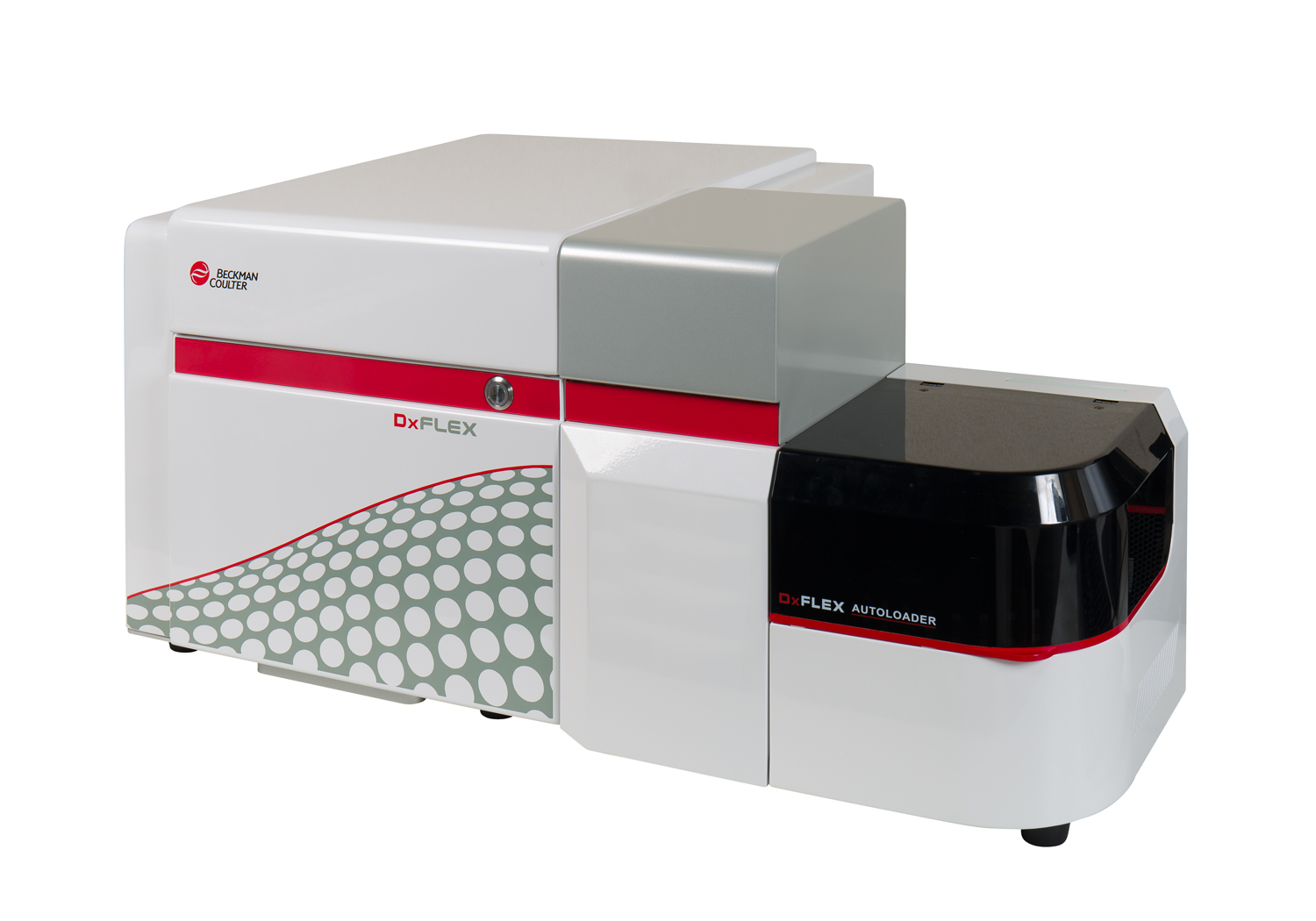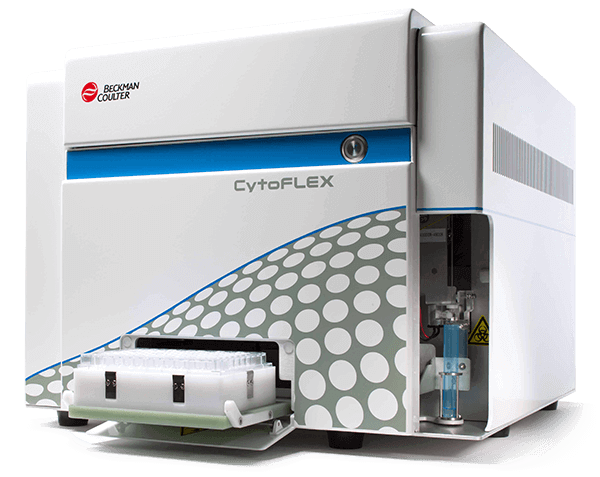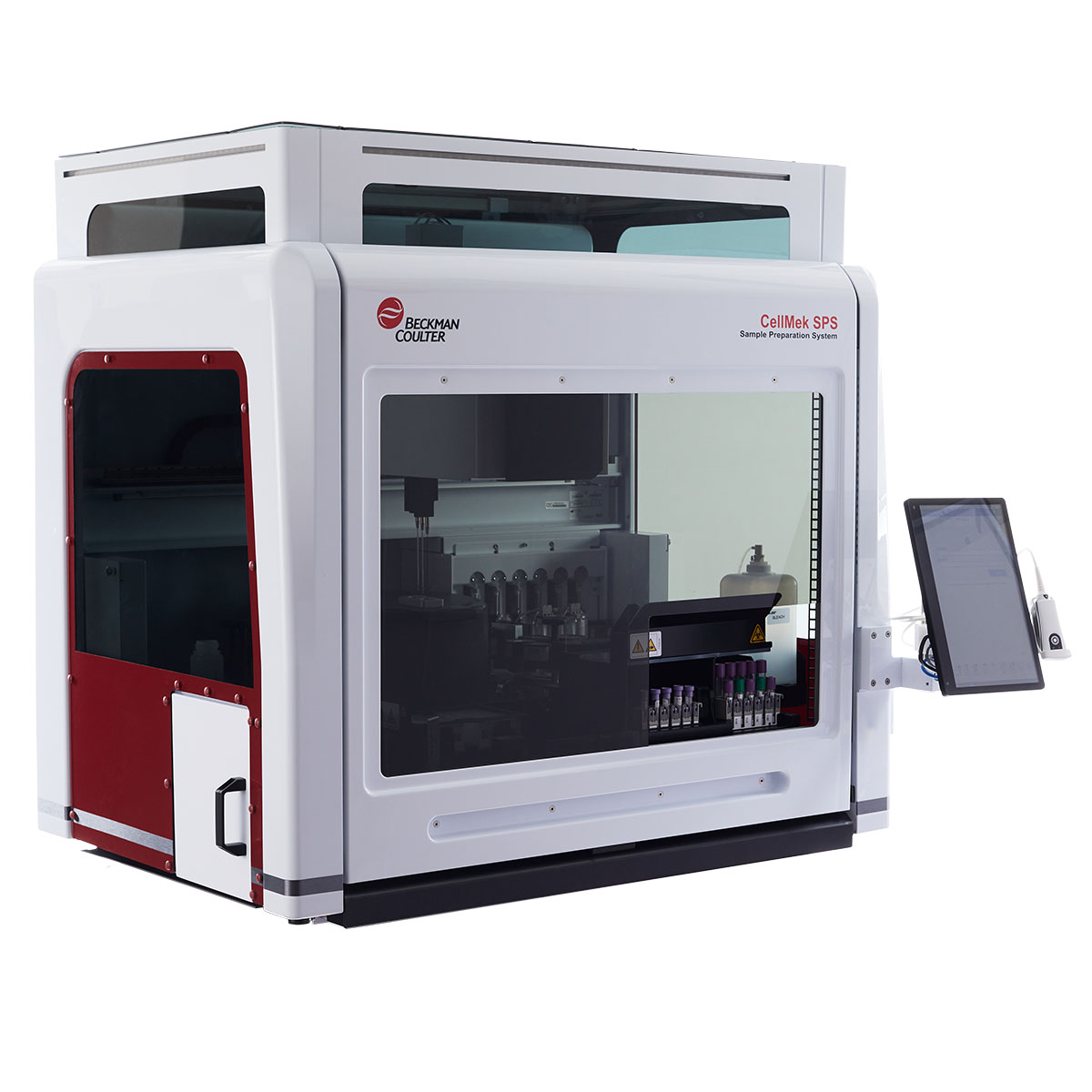CD62L Antibodies
The CD62L antigen, also called LECAM-1, L-selectin or leucocyte adhesion molecule 1 [LAM-1], is a 75 kDa molecule, member of the selectin family. As other selectins (CD62E, CD62P), CD62L is a membrane-anchored Ca2+-dependent C-type lectin that binds to cell‑surface carbohydrate ligands. CD62L acts as the peripheral lymph node homing receptor. It is also involved in lymphocyte binding to High Endothelial Venules (HEV) and in lymphocyte rolling on activated endothelium. CD62L is expressed by B and T lymphocytes, monocytes, neutrophils, eosinophils, and approximately half of the peripheral NK lymphocytes. It is also expressed by some spleen and bone marrow lymphocytes, as well as by some thymocytes and bone marrow myeloid cells. The expression level of CD62L on lymphocytes may be subject to control mechanisms such as downregulation and/or upregulation. On neutrophils, monocytes and their bone marrow precursors, CD62L is also downregulated by stimulation with granulocyte-macrophage colony stimulating factor (GM-CSF).
| Clone: DREG56 | Isotype: IgG1 Mouse |
| In contrast to other antibodies recognizing this molecule, DREG56 is particularly effective in blocking CD62L mediated lymphocyte binding to lymph node HEV. DREG56 (ref.33) was used as a CD62L reference monoclonal antibody during the HLDA 6. | |






